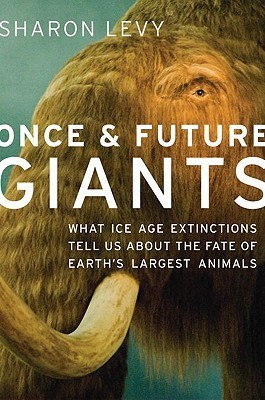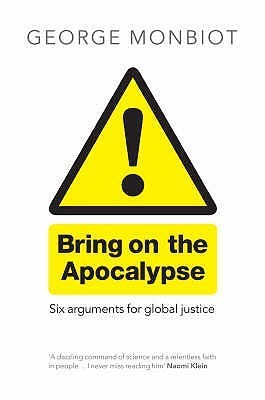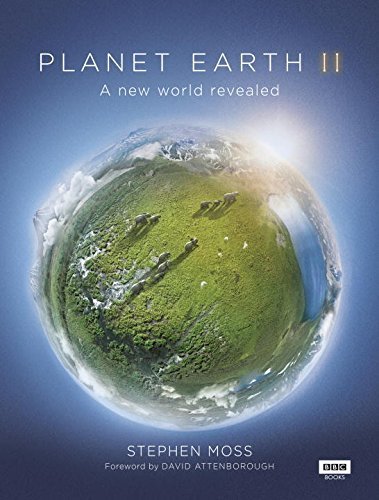
The Sixth Extinction: An Unnatural History
Book Description
A world on the brink, teetering between vibrant ecosystems and a stark silence—welcome to the age of the sixth extinction. Elizabeth Kolbert journeys into the heart of our planet’s most dangerous crisis, revealing how human actions have triggered a devastating wave of species loss. Through vivid storytelling and compelling research, she uncovers the true cost of progress, weaving together tales of vanished creatures and the relentless march of climate change. As nature’s clock ticks down, the question looms: can humanity change its course before it’s too late to preserve our planet’s rich tapestry of life?
Quick Book Summary
"The Sixth Extinction: An Unnatural History" by Elizabeth Kolbert explores the ongoing mass extinction event caused primarily by human activities. Kolbert presents gripping stories of vanished and threatened species, interweaving insights from paleontology, biology, and environmental science. She traces previous mass extinctions, such as the demise of the dinosaurs, and contrasts them with the unique, rapid biodiversity loss in our current era. The book vividly illustrates how deforestation, climate change, ocean acidification, and the spread of invasive species have accelerated this unnatural die-off. Through on-the-ground reporting and interviews with scientists, Kolbert makes a compelling case for urgent action to halt the erosion of Earth’s rich natural tapestry, while raising profound questions about humanity’s place and responsibility in the natural world.
Summary of Key Ideas
Table of Contents
Understanding Mass Extinctions and the History of Life
Elizabeth Kolbert begins by placing the current biodiversity crisis in a historical context, outlining the five previous mass extinctions in Earth’s history, each characterized by the rapid loss of a significant portion of species. These past catastrophes, including the asteroid impact that ended the age of dinosaurs, were driven by natural events. Kolbert uses these extinction events to frame the gravity and uniqueness of the current crisis, which is unfolding at an exceptional rate compared to prehistory.
Human Impact and the Acceleration of Species Loss
Kolbert details how human activities have directly and indirectly become the primary drivers of this sixth extinction. The widespread destruction of habitats, introduction of invasive species, poaching, and pollution have catalyzed declines across multiple ecosystems. Kolbert accompanies scientists into rainforests, caves, and reefs, witnessing firsthand the struggles of frogs, bats, and coral species. Their stories, corroborated by research and fieldwork, form a vivid depiction of the ways in which modern civilization profoundly reshapes our world’s biosphere.
Climate Change, Habitat Destruction, and Ocean Acidification
The book explains the subtler yet devastating impact of climate change and ocean acidification. Rising carbon dioxide levels, resulting from fossil fuel combustion, have altered Earth’s atmosphere and oceans in ways previously unseen in geological time. Kolbert documents the bleaching of reefs, shifts in species’ ranges, and disrupted breeding patterns. These processes, compounded by rapid environmental transformation, leave many organisms unable to adapt or migrate, accelerating extinction rates unpredictably.
The Interconnectedness of Ecosystems and Species
In examining ecosystem connections, Kolbert highlights how the loss of even a single species can unravel entire food webs and ecological processes. She discusses the cascading effects of local extinctions on seed dispersal, pollination, and disease control, underscoring the intricate web of dependencies that sustain life. The book demonstrates that no species exists in isolation, and human-induced changes threaten the stability and resilience of ecosystems upon which humanity itself depends.
The Responsibility and Uncertainty of Human Action
Kolbert concludes with reflections on human agency and responsibility. While scientific advancements are uncovering the scale and mechanisms of extinction, society’s response remains inadequate. The question arises whether humans, as both the chief architects and potential stewards of Earth’s future, will act to preserve biodiversity or continue altering the planet irreversibly. Kolbert’s narrative closes on a note of caution and hope, urging readers to recognize the high stakes and embrace a role in safeguarding the natural world.
Download This Summary
Get a free PDF of this summary instantly — no email required.





